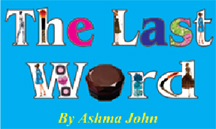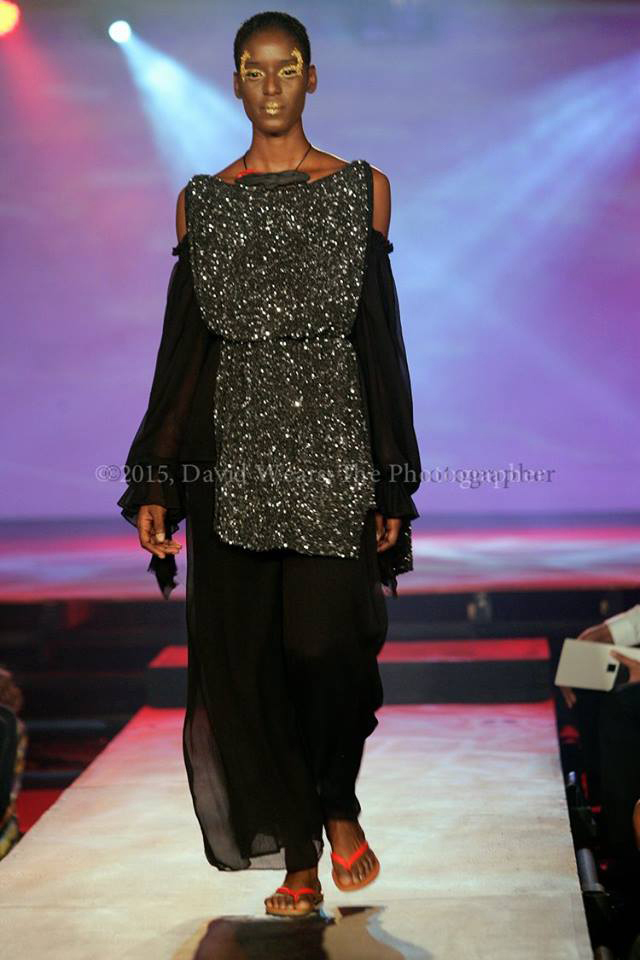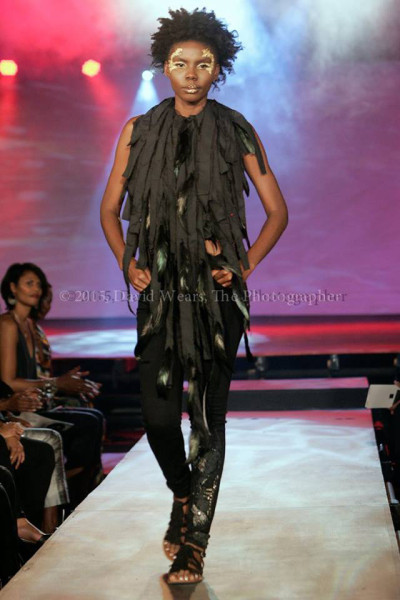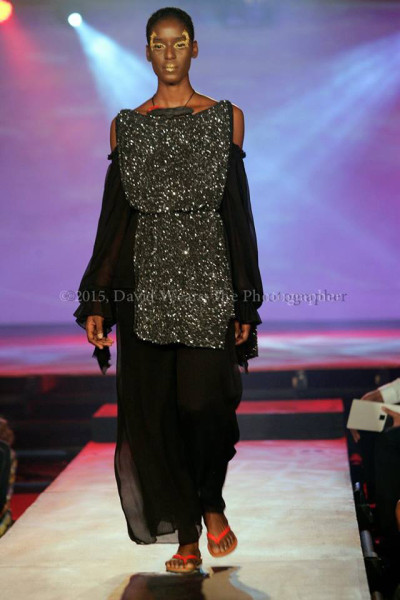Today I wanted to share with you the pictures I have been promising, from Meiling’s most recent collection Night Women.

The book itself is sad and harsh, centred around a group of slaves on a Jamaican sugar plantation during the 1800s. The plantation owners and the slaves themselves were ruthless and barbaric. The main character Lilith, was raised motherless and struggled to find her way and identity on the plantation and in particular on her own. Lilith thought she was superior because of her green eyes; she believed her eyes were proof that she was the daughter of a white man. She, in a way, believed she was better off than the rest of slaves. Lilith was offered a chance to join the Night Women, who were in charge of staging an island-wide revolt, but she was naïve and stubborn and continued to hang on to the thought that she was indeed superior. Refusing to revolt she reminded the others of her “difference.” Eventually, her eye colour proved unhelpful and she was flayed.
As I said in my review on my blog, persons can take away different emotions from the show. For me, the show was in way a window into Meiling’s current state of mind; it showed the damaging and lasting effects slavery has had on society. These effects influence the way we see each other and behave. There should be no surprise that race, power struggles and supremacy are influencers in beauty and fashion not only on the industry level but also on consumer level. Some people feel out of place whilst others feel safe because they manage to fall into the ‘calculated beauty group.’ Meiling , tried her best to equalize these hierarchies. She promoted beauty in everything and took no sides; almost like her own very revolt in fashion.
Her less-is-more aesthetic came through in her prissy skirts, tailored shirts and her colour palette which was delightfully sprinkled with hints of lavender and red. Like the book, the collection also captured a bit of roughness but still smartly connected to the era; it was almost as if she was a designer in slave days. We saw a mix up of peasant and ‘massa’ clothes. It was a brilliant collection for me. I just wish her marketing strategy was as brilliant as the collection and the brand starts to market itself to the younger generation. As fashion becomes very redundant and dry, it was great to see a collection that challenged one of the darkest times in Caribbean history, one that we are often quiet about when it comes to the effects of it. For a more in-depth review please see www.online-runway.com.
Follow Ashma on
https://twitter.com/theonlinerunway
http://instagram.com/theonlinerunway








